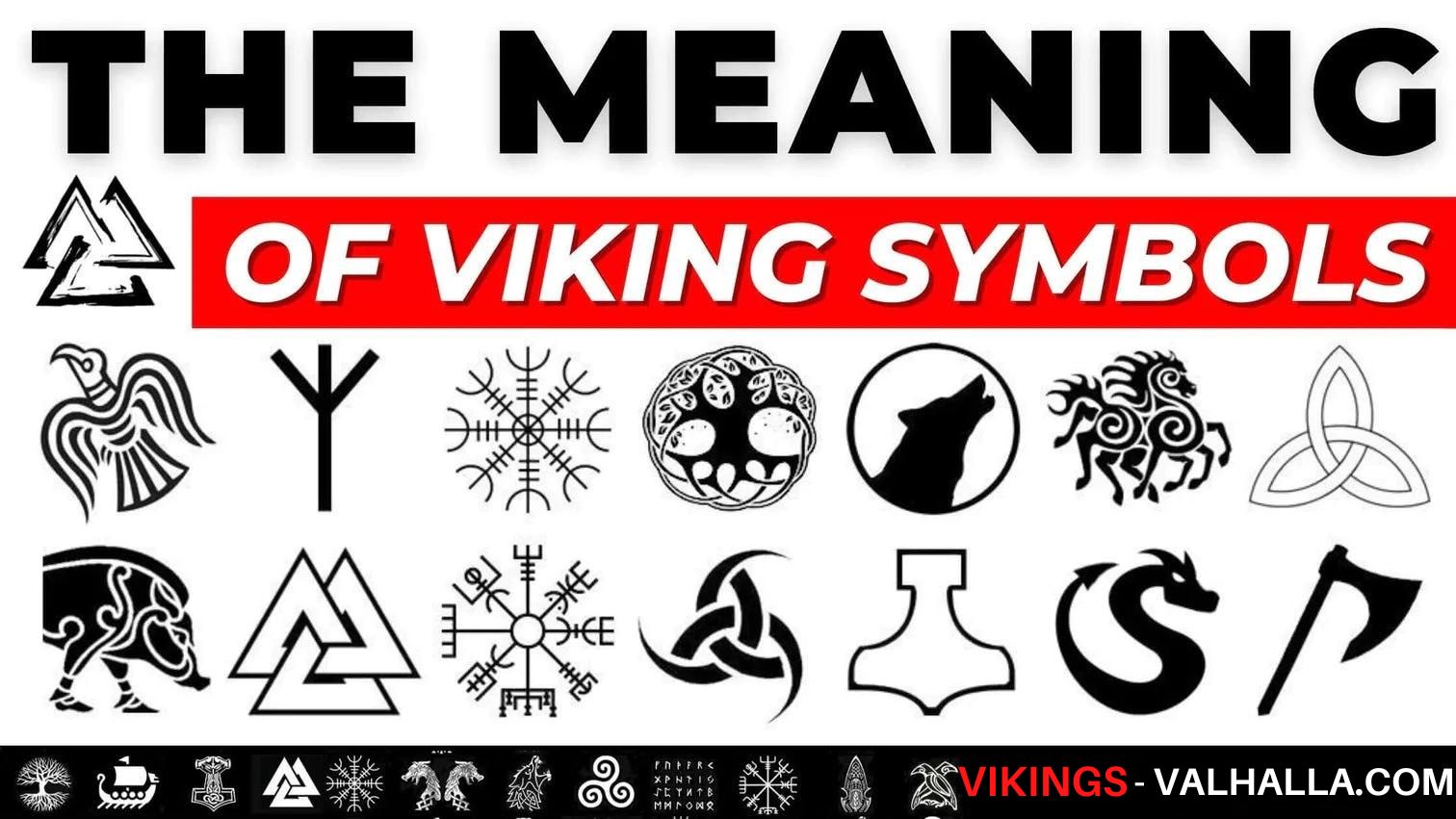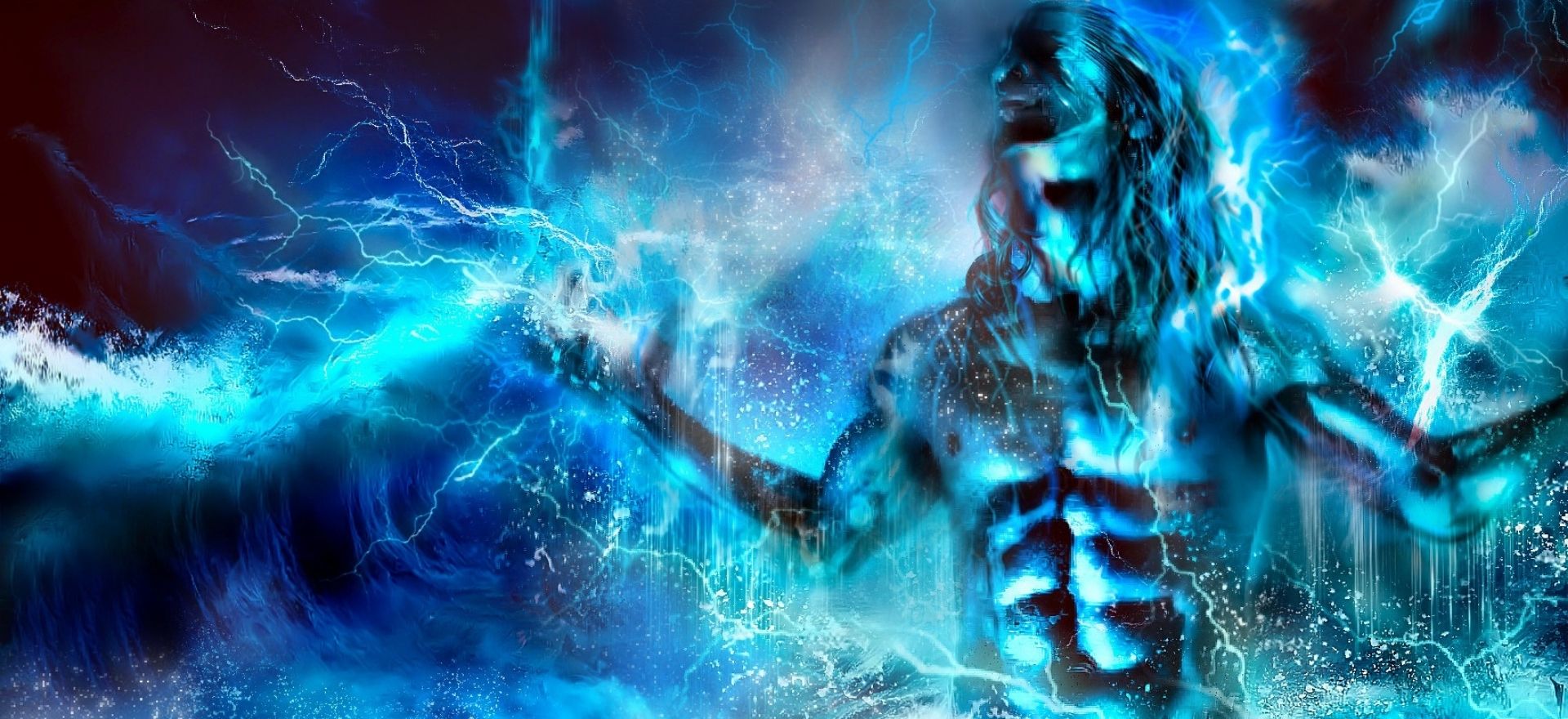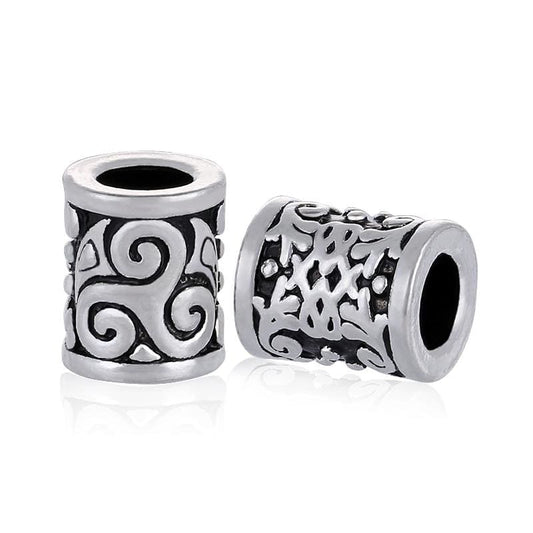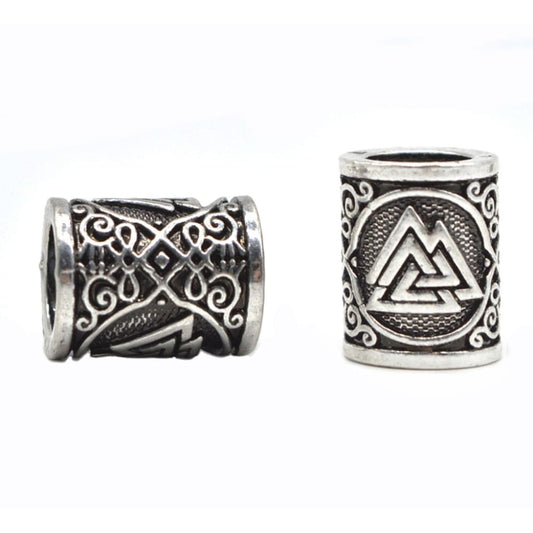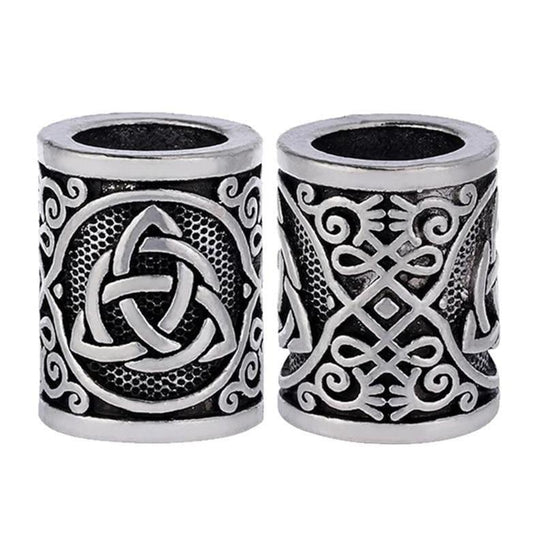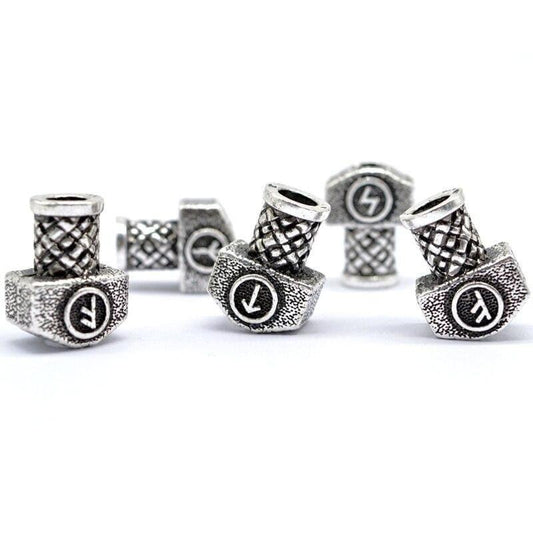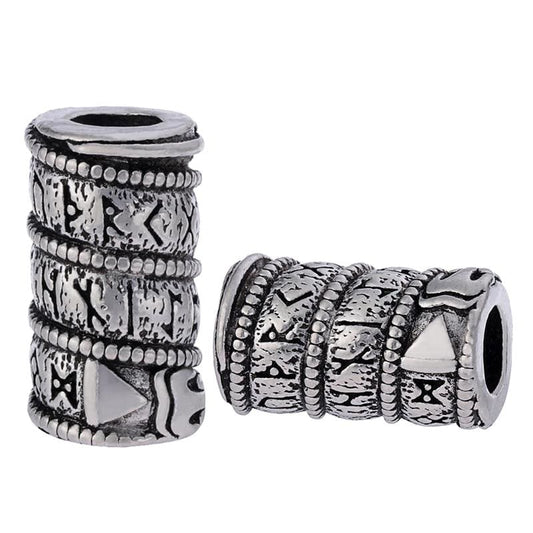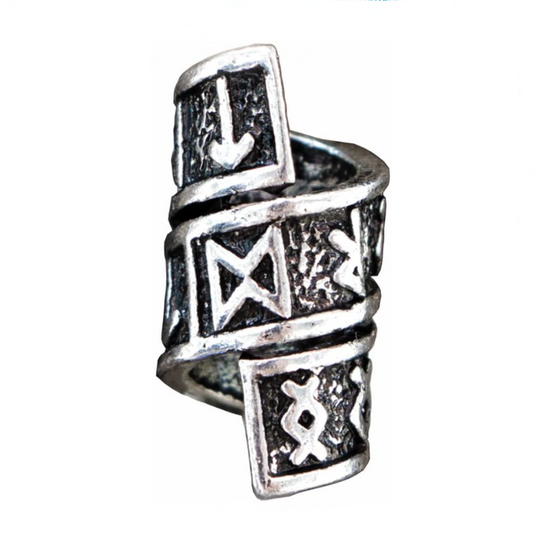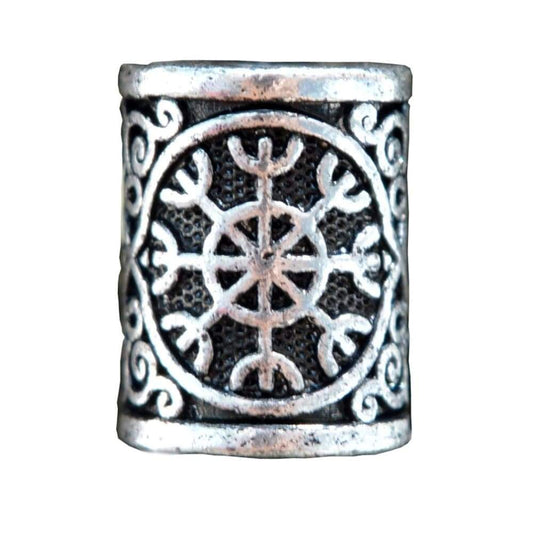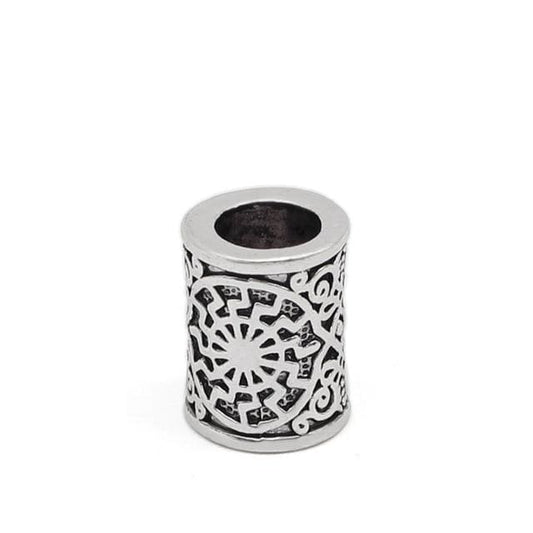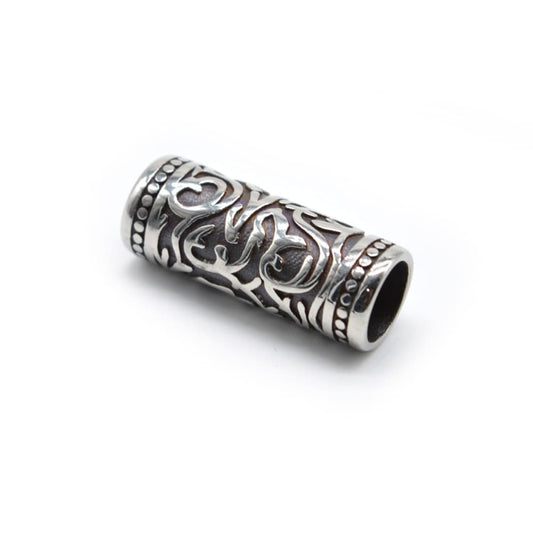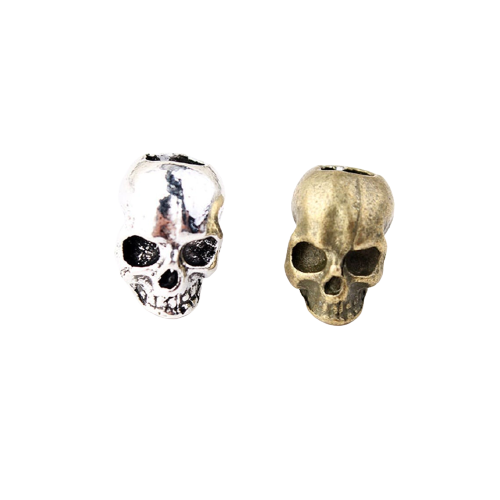Hela or Hel was in charge of the underworld realm of those who died without honor in Norse mythology. Daughter of the god Loki and the giant sorceress from Jötunheim, Angrboda, Hela reigns over Helheim, where she lives under one of the roots of Yggdrasil.
On one side of her body she was truly beautiful, but the other side was equal to that of a rotting corpse and from it she gave off a foul smell.
Hel's Underworld
Her dwelling is called Helheim or Hel and the road leading to it is Helway, which is so long that Hermod had to travel it in nine days and nine nights, always northward and constantly descending.
Helheim is surrounded by a wall in which one or more gates open, and in its empire run shadowy rivers. One of these streams is called Slid. It rises in the east, flows westward through poison-infested valleys and is full of mud and swords. A hound, Garm, guards the entrance to one of its caverns, Gnipapellir.
The Access of Hel (Helway) is horrible, for it chains the dying man with solid bonds that cannot be broken, while anguish gnaws at his heart and Hela's servants come every night to invite him in. Before the eyes of the dying man a dark and horrible region of mists unfolds; he sees the sun, the pure star of day, fade and disappear, and he hears the hinges of the Hel Gate (Helgate) creak, and it opens to receive him.
Hela's company is large, but she has an abode large enough for all; her empire stretches far away, her palaces are prodigiously high and have great gates. Naturally her habitation is made of shadows, but it has the appearance of reality.
Who got sent to Helheim?
It was said that those who died on the battlefield went to Odin, to Valhalla, while those who died of sickness or old age went to Hela, to Helheim. But others also seem to go, good or bad; for it is known that Baldr went to Hel when he was killed by Hodr.
Siegfried, he who slew Fafnir, also when he was afterwards slain by Gunther, went to Hel; and Brunhilde likewise went there in her beautiful chariot after being burned on her funeral pyre.
That is not all, for those virtuous in life who died naturally went also to heaven, but not to Valhalla, but to Vingólf, while those who lived in blasphemy and baseness though they died under arms went to one of the regions of Niflheim.
She cannot receive those drowned in the sea since they belong to the goddess Ran1, therefore she only gets the dead on dry land. Noblewomen also did not go to Hel, as they were taken in by Freya after their death, while maidens dwelt with Gefjun.
Hel and Baldr's Death
Before Baldr died, Odin went down to Helheim to ask Hela how Balder would die. The first to come was Hela's dog, who with his whole bloody chest barked at Odin for a long time, until he disguised himself and met the lady of hell, who told him that Balder would die at the hands of Hodr.
When Balder's death was fulfilled, Hermod, the swiftest of all the gods, mounted Sleipnir, Odin's horse, and rode to Helheim. When he arrived he saw his brother occupying the most distinguished seat in the palace. Hermod, explaining to Hela the sorrow of the gods and all living things for the death of Baldr, asked her to let him return to Asgard.
The latter asked that all things in the world, animate and inanimate, mourn Baldr's death to see if he was so globally beloved; only then would she bring him back to life. So everything in the world mourned for their dead god; all except a giantess named Thok. This one, who in reality was her husband Loki in disguise, refused to cry since she said that Baldr had never given her any joy. Thus Baldr will remain in Helheim until Ragnarök.


